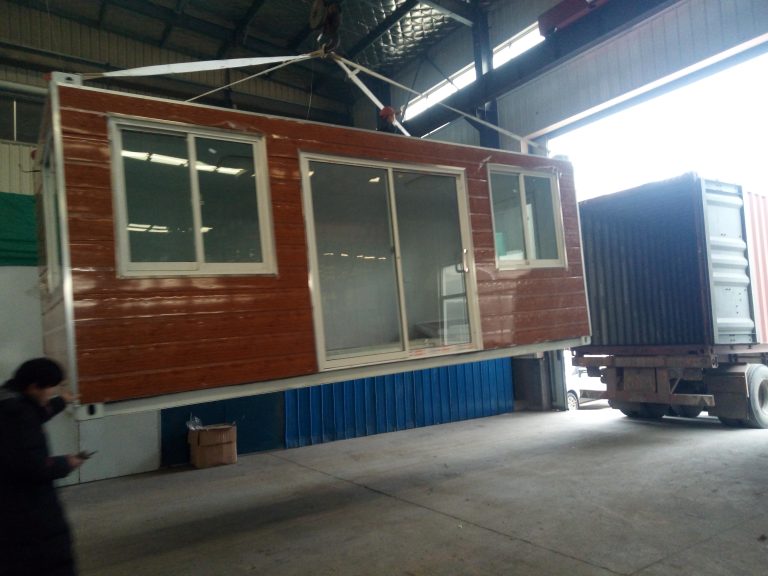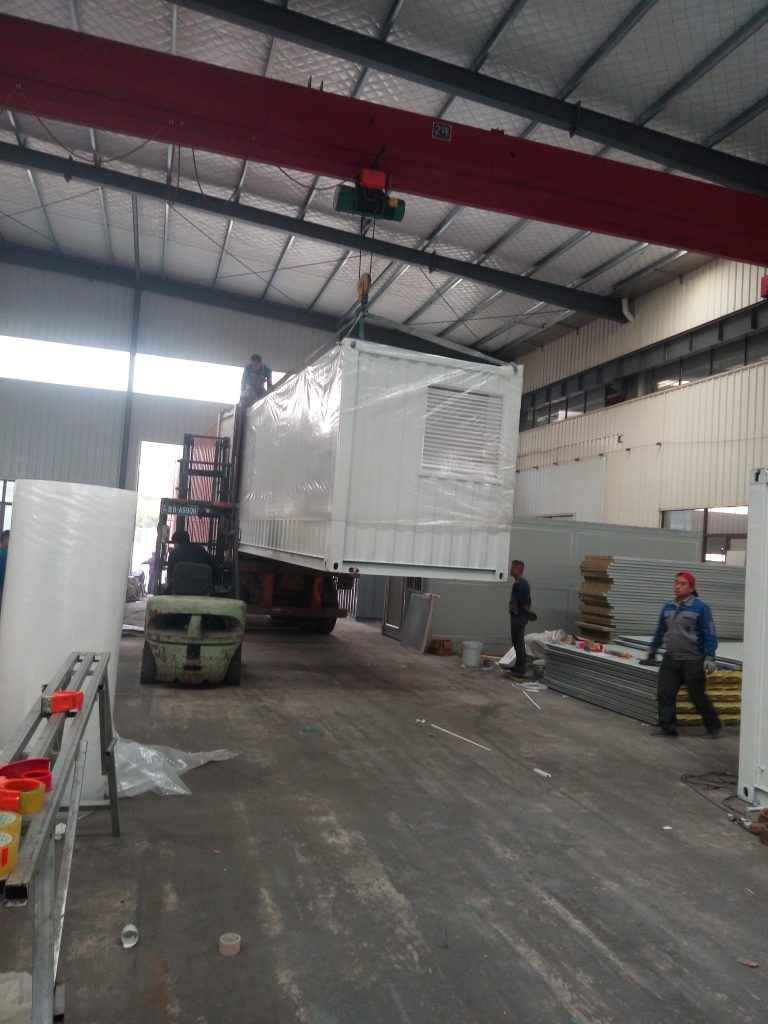Application scenario and design of container house in outdoor recreation place
Table of Contents
Benefits of Using Container Houses in Outdoor Recreation Areas
Container houses have gained popularity in recent years due to their versatility and sustainability. These structures, made from repurposed shipping containers, offer a cost-effective and eco-friendly alternative to traditional housing. While container houses are commonly used for residential purposes, they also have great potential in outdoor recreation areas.
One of the key benefits of using container houses in outdoor recreation areas is their portability. These structures can be easily transported to remote locations, making them ideal for campsites, national parks, and other outdoor destinations. This flexibility allows for temporary or seasonal housing solutions that can be easily moved as needed.
In addition to their portability, container houses are also durable and weather-resistant. Made from steel, these structures can withstand harsh weather conditions, making them suitable for outdoor environments. This durability ensures that container houses can provide long-lasting accommodation for visitors to outdoor recreation areas.

Furthermore, container houses can be customized to suit the specific needs of outdoor recreation areas. Whether used as cabins, visitor centers, or restrooms, these structures can be designed to blend seamlessly with their natural surroundings. This flexibility in design allows for a harmonious integration of container houses into outdoor environments.
Another advantage of using container houses in outdoor recreation areas is their sustainability. By repurposing shipping containers, these structures help reduce waste and minimize environmental impact. Additionally, container houses can be outfitted with eco-friendly features such as solar panels and rainwater harvesting systems, further enhancing their sustainability.
Moreover, container houses offer a cost-effective solution for providing accommodation in outdoor recreation areas. Compared to traditional construction methods, building with shipping containers is more affordable and efficient. This cost-effectiveness makes container houses a practical choice for parks, campgrounds, and other outdoor destinations with limited budgets.
In terms of design, container houses can be adapted to meet the unique requirements of outdoor recreation areas. For example, these structures can be stacked or combined to create multi-level buildings, maximizing space and functionality. Additionally, container houses can be equipped with amenities such as heating, cooling, and insulation to ensure comfort for visitors.
Overall, the application of container houses in outdoor recreation areas offers numerous benefits, including portability, durability, customization, sustainability, cost-effectiveness, and design flexibility. These structures provide a practical and environmentally friendly solution for providing accommodation in remote or natural settings.
In conclusion, container houses have the potential to enhance the visitor experience in outdoor recreation areas by offering unique and sustainable accommodation options. With their versatility and adaptability, container houses can play a valuable role in creating memorable and enjoyable experiences for visitors to parks, campgrounds, and other outdoor destinations.
Design Tips for Creating a Functional and Aesthetic Container House in Outdoor Settings
Container houses have gained popularity in recent years due to their versatility, affordability, and sustainability. These structures, made from repurposed shipping containers, can be used for a variety of purposes, including housing, offices, and even recreational spaces. In outdoor recreation places such as campgrounds, parks, and resorts, container houses offer a unique and eco-friendly accommodation option for visitors. In this article, we will explore the application scenario and design considerations for creating a functional and aesthetic container house in an outdoor setting.
When designing a container house for an outdoor recreation place, it is important to consider the surrounding environment and the needs of the users. The design should blend seamlessly with the natural landscape while providing a comfortable and inviting space for guests. One of the key considerations in the design process is the layout of the container house. The layout should be carefully planned to maximize space efficiency and functionality. Consideration should be given to the placement of windows and doors to allow for natural light and ventilation, as well as the orientation of the container to take advantage of views and sunlight.
In terms of aesthetics, the exterior of the container house can be customized to reflect the unique character of the outdoor recreation place. This can be achieved through the use of materials, colors, and finishes that complement the natural surroundings. For example, a container house located in a forested area may feature a wood-clad exterior with earthy tones, while a container house near the beach may have a more nautical-inspired design with blue and white accents. Landscaping around the container house can also enhance its visual appeal and create a welcoming outdoor space for guests to enjoy.
In addition to aesthetics, the interior design of the container house is equally important in creating a comfortable and functional living space. The layout should be optimized to make the most of the limited space available in a shipping container. This can be achieved through the use of multi-functional furniture, built-in storage solutions, and clever design tricks such as lofted sleeping areas or fold-down tables. The interior finishes should be durable and easy to maintain, as well as reflective of the overall design aesthetic of the container house.
When it comes to amenities, a container house in an outdoor recreation place should be equipped with all the necessary facilities to ensure a comfortable stay for guests. This may include a well-equipped kitchen, a bathroom with a shower and toilet, heating and cooling systems, and adequate insulation to provide a comfortable indoor environment year-round. Sustainable features such as solar panels, rainwater harvesting systems, and composting toilets can also be incorporated to reduce the environmental impact of the container house.
In conclusion, container houses offer a unique and sustainable accommodation option for outdoor recreation places. By carefully considering the application scenario and design considerations outlined in this article, it is possible to create a functional and aesthetic container house that enhances the overall experience for guests. Whether used as a vacation rental, a glamping retreat, or a permanent residence, container houses have the potential to transform outdoor spaces into inviting and eco-friendly destinations for visitors to enjoy.







